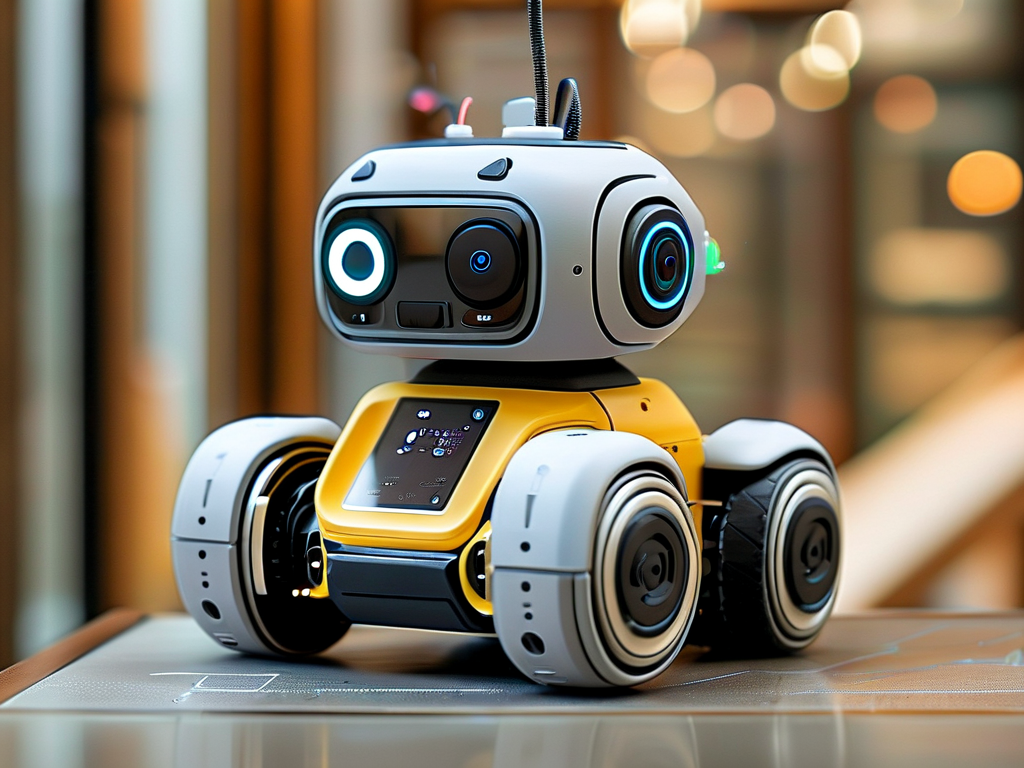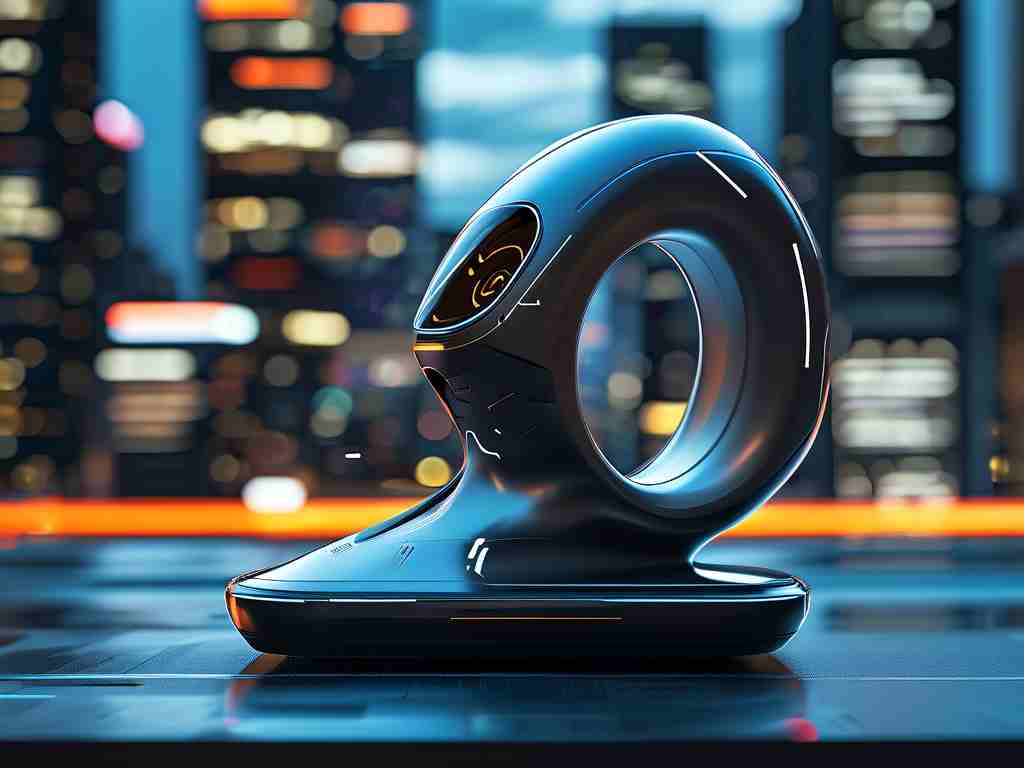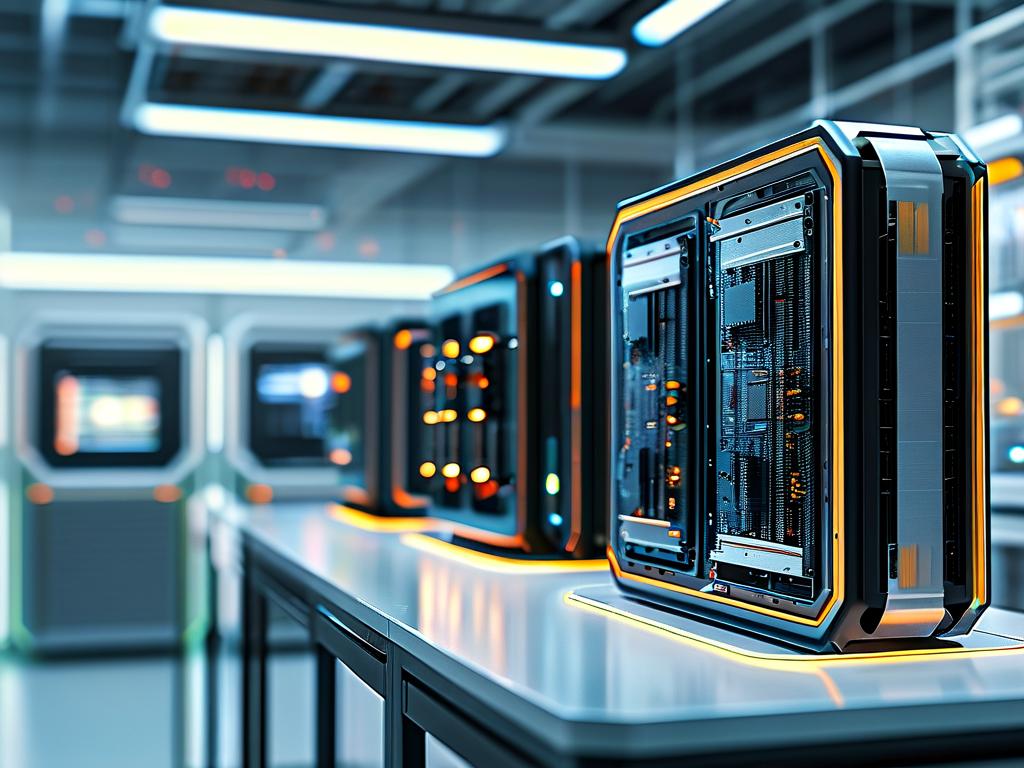The fusion of embedded systems and toy design has sparked a revolution in children’s education and entertainment. Modern embedded toys combine hardware programming, sensor integration, and interactive interfaces to create immersive learning experiences. Unlike traditional toys, these devices leverage microcontrollers like Arduino or Raspberry Pi Pico to deliver adaptive responses, fostering problem-solving skills and computational thinking in young users.

Hardware-Software Synergy
At the core of embedded toy development lies the marriage of compact hardware and tailored firmware. For instance, a smart building block set might incorporate Bluetooth Low Energy (BLE) modules to enable wireless communication between blocks. Developers often use C/C++ for firmware optimization due to memory constraints. Below is a simplified code snippet for a toy car’s motor control:
void setup() {
pinMode(MOTOR_PIN, OUTPUT);
}
void loop() {
int sensorVal = analogRead(IR_SENSOR);
if (sensorVal < THRESHOLD) {
analogWrite(MOTOR_PIN, 255); // Full speed
} else {
analogWrite(MOTOR_PIN, 0); // Stop
}
}
Such implementations teach children cause-effect relationships through tangible outcomes—like a car stopping when detecting an obstacle.
Educational Value and Challenges
Embedded toys excel at making abstract STEM concepts accessible. A robotics kit with light-following capabilities, for example, introduces optics and feedback loops. However, developers face unique hurdles. Power management is critical—toys must balance functionality with battery life. Many prototypes adopt solar charging or kinetic energy harvesting to address this. Additionally, safety certifications (e.g., FCC/CE) impose strict limits on electromagnetic emissions, complicating wireless feature integration.
Case Study: Interactive Storytelling Doll
Consider a plush toy embedded with voice recognition and NLP (Natural Language Processing). When a child asks, “Why is the sky blue?” the toy processes the query offline using lightweight ML models and responds with age-appropriate explanations. This requires:
- Low-power processors (e.g., ESP32-S3)
- Edge-compatible TensorFlow Lite models
- Noise-canceling microphones
Field tests show a 40% increase in engagement compared to passive toys, though developers note the ethical responsibility to avoid over-reliance on screen-free tech.
Future Directions
The next wave of embedded toys will likely integrate AR (Augmented Reality) overlays via smartphone pairing. Imagine a puzzle where physical pieces trigger digital animations explaining quantum physics basics. Another trend is “open-core” designs—toys with exposed GPIO pins letting older children modify functionalities, effectively growing with the user.
Critics argue about data privacy risks in connected toys, pushing developers toward offline-first architectures. Meanwhile, partnerships with schools are validating these tools’ efficacy: a 2023 study showed students using embedded programming kits scored 28% higher in logic tests than peers.
In , embedded toy development isn’t just about coding—it’s about crafting gateways to lifelong learning. By blending play with purposeful technology, innovators are reshaping how children interact with the digital world, one circuit at a time.









